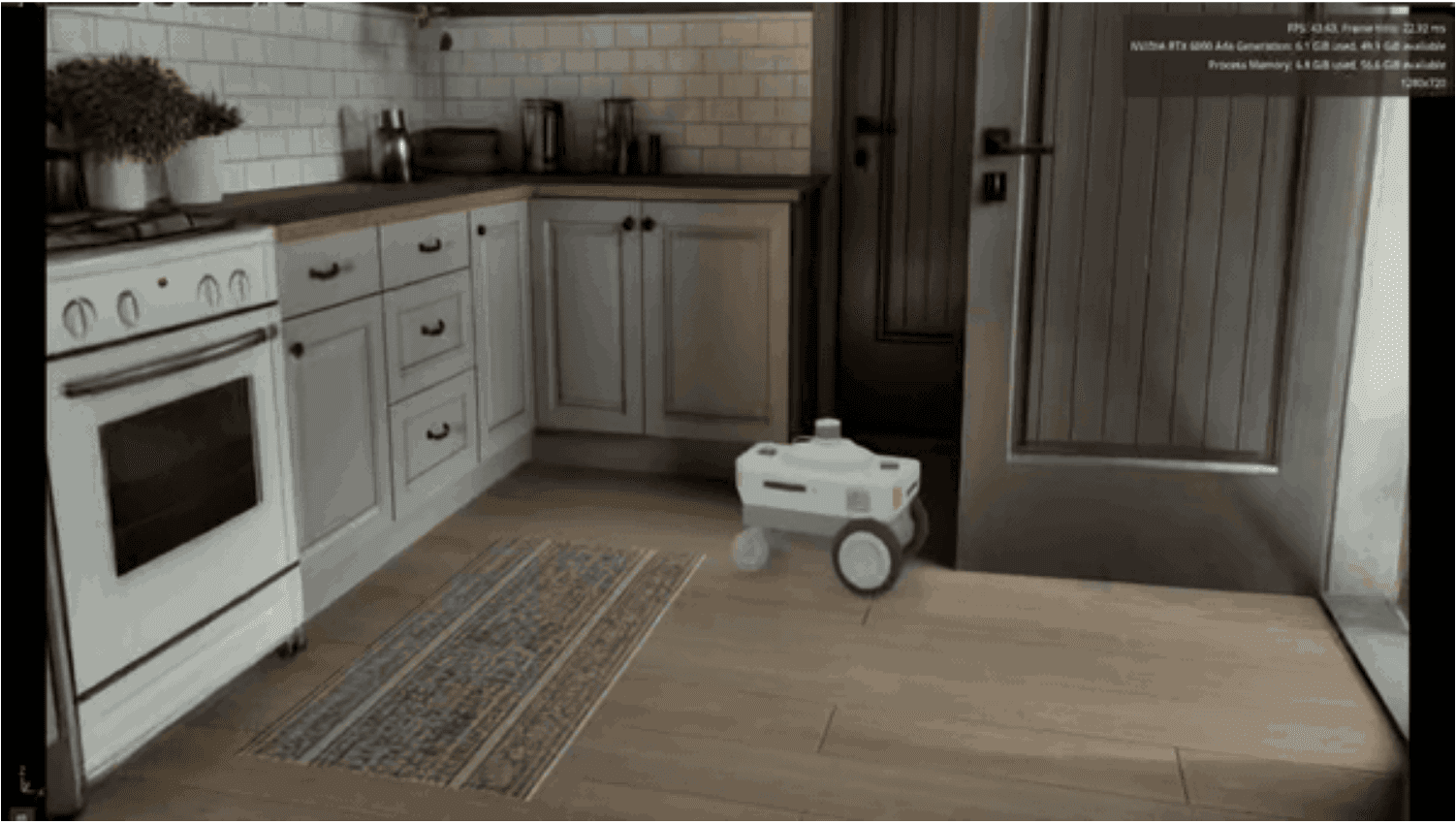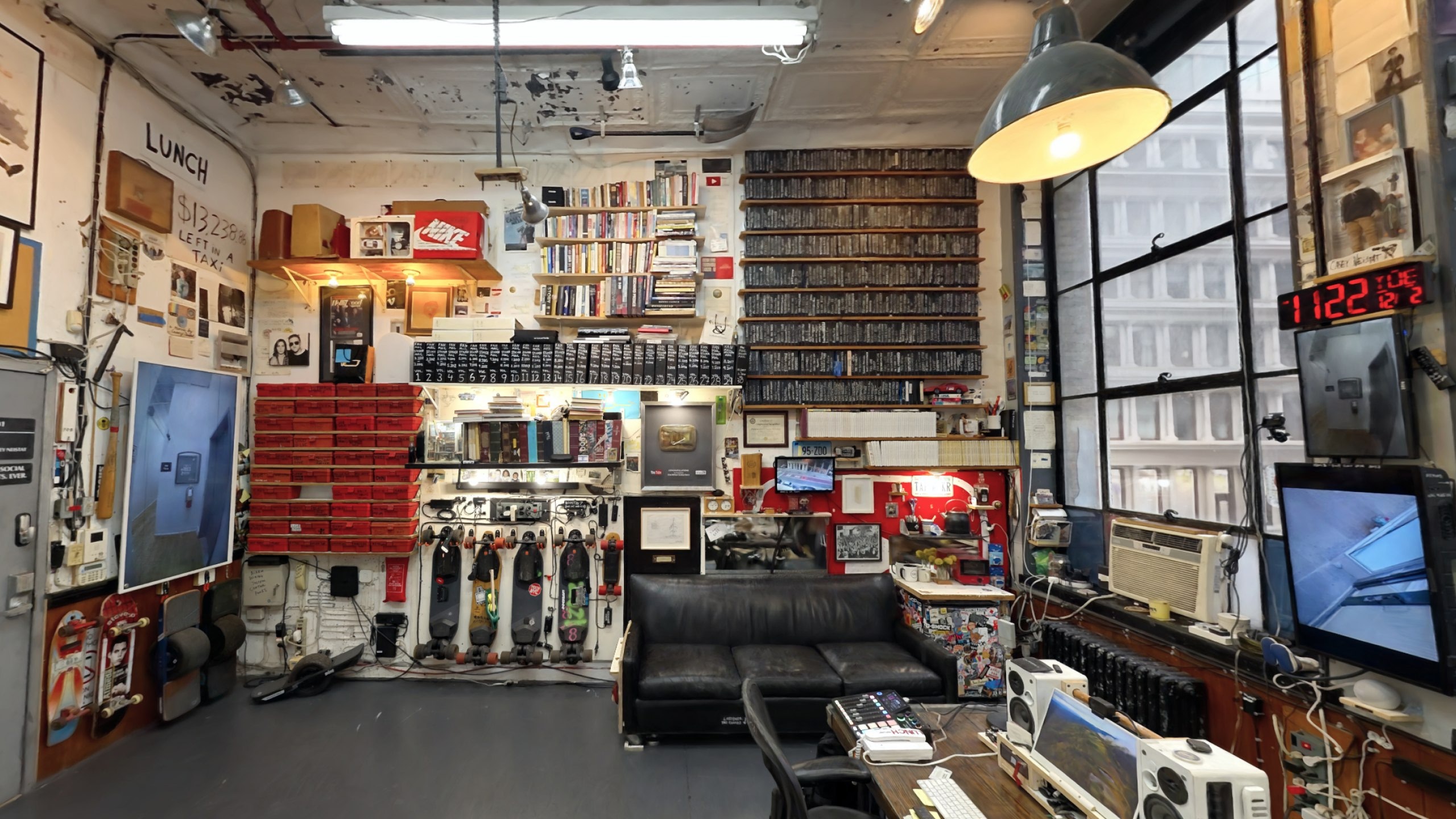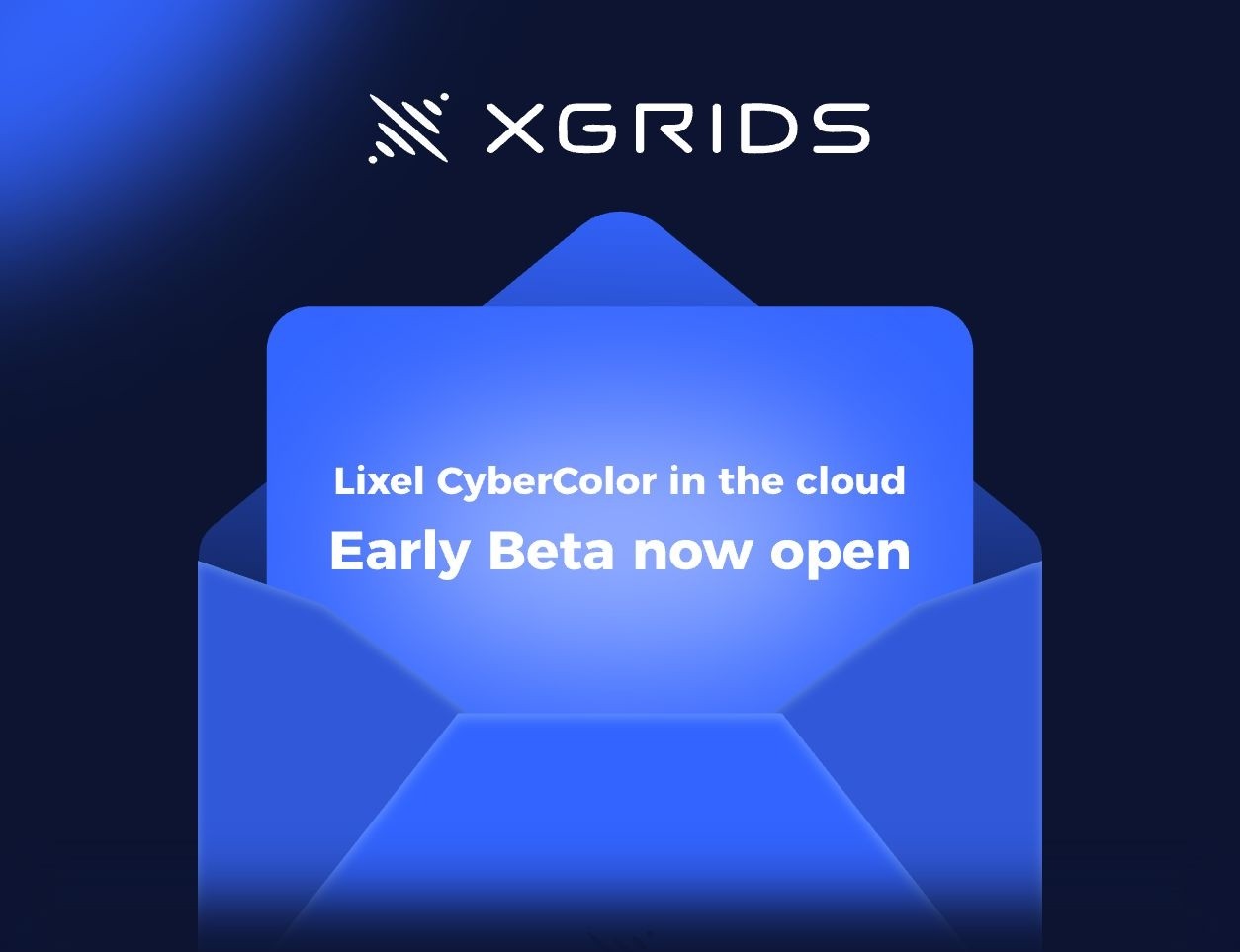
Preetish Kakkar
Nov 13, 2024
Introduction
Radiance field technology has grown more prominent in computer vision in the past few years, enabling exact 3D reconstructions using neural representations of volumetric input. Neural radiance fields (NeRF) and related architectures are typically used to accomplish these reconstructions, which use visible light input to create lifelike images and deep knowledge of a scene. Yet, obtaining high-quality scene reconstruction is extremely difficult in low-light or nighttime circumstances, which lack adequate visual information. This restriction is especially crucial to physical AI applications like autonomous systems and robotics, where environmental sensing and spatial awareness are essential. As technology has evolved, researchers have begun exploring cross-modality applications in radiance fields, aiming to enhance scene representation across various imaging modalities.
Cross-modality in radiance fields refers to integrating multiple data types or sensing modalities within a single NeRF framework. This approach holds immense potential for creating more comprehensive and versatile scene representations to bridge the gap between imaging technologies. By combining information from diverse sources such as RGB images, depth sensors, thermal cameras, and even non-visual data, cross-modal NeRFs can potentially offer richer, more robust scene understanding and rendering capabilities. The incorporation of data serves as the foundation for creating pseudo-visual representations and opens new avenues for applications in fields such as robotics, augmented reality, and medical imaging.
In this blog, we'll explore three recently published papers that showcase cutting-edge research in the field.
Multimodal Neural Radiance Field
Introduction
By integrating several data sources, this research investigates how multimodal neural radiance fields (NeRFs) can improve 3D scene perception. Multimodal NeRFs integrate other data kinds, like depth and semantic information, to enhance the quality and contextual accuracy of 3D reconstructions. Conventional NeRFs mainly use RGB photographs to build visual representations. To support advanced AI applications, such as robots and autonomous systems, which call for in-depth spatial awareness, the objective is to create more dependable and contextually aware 3D environments.
Methods
To produce a cohesive 3D scene, the researchers propose a multimodal NeRF architecture that analyzes several sensory inputs, including RGB images, depth information, and semantic annotations. A modified NeRF serves as the foundation for the model architecture, which includes distinct processing pipelines for every type of data.
The figure below shows the architecture of the Multimodal Neural Radiance Field. Each Modality has specific features that are extracted by processing RGB images and depth maps using different encoders. These extracted features are combined in a feature fusion layer, and the result is fed into the rendering network of the NeRF to create a rendered scene.

Multi-Modal NeRF architecture
Implementation
There are multiple processes involved in implementing the multimodal NeRF:
Data collection: RGB cameras, depth sensors, and semantic labeling systems (such as image segmentation) are used to build multimodal datasets.
Preprocessing: Preprocessing is done on every modality. For instance, RGB photos are scaled and color-corrected, and depth data is standardized.
Training the model: Before their combination, the encoders for each modality independently learn their unique features. By combining various modalities, the feature fusion layer enables the network to discover connections between different kinds of data.
Rendering: A 3D scene that incorporates information from all modalities is created using the combined data, improving the output’s accuracy and realism.
The model may produce richer and more complete 3D reconstructions by combining the properties of several input modalities and encoding them, allowing for a better knowledge of space.
Results
Semantic consistency, depth correctness, and rendering quality were among the parameters used to assess the multimodal NeRF model. The findings demonstrated that rendering 3D scenes with several modalities greatly enhances their fidelity and context. More realistic reconstructions result from this method’s ability to catch minute characteristics that single-modality models frequently overlook, like object borders and depth continuity.
The 3D scenes produced by a multimodal NeRF are contrasted in the figure shown below. A more realistic reconstruction is produced by the multimodal model’s enhanced depth accuracy and richer semantic features.

NeRF generated 3D scenes, emphasizing the improved depth accuracy, and detail of the multimodal model.
Limitations
The higher computing burden brought on by processing various data modalities is a limitation of this multimodal NeRF. Since the model has to analyze and integrate multiple sensory inputs, training and inference periods are longer than with conventional single-modality NeRFs. This extra computing burden might limit the model’s applicability in some situations, particularly in environments with limited resources, by making it less appropriate for real-time applications or necessitating specialist hardware.
Tex-NeRF (Texture Aware Neural Radiance Field)
Introduction
Tex-NeRF is a variant of Neural Radiance Fields (NeRFs) that focuses on texture preservation and high-frequency detail rendering, which enhances the basic model. Blurred or over-smoothed textures are frequently produced by the basic NeRF framework, particularly in situations that contain high-frequency details or complex patterns like grass fields, brick walls, or fine textures on objects. To overcome these drawbacks, Tex-NeRF introduces sophisticated encoding, sampling, and rendering techniques that enhance the clarity and realism of 3D scene production.
Method
Several fundamental changes are made by Tex-NeRF to improve texture fidelity:
Textures Encoding: TeX-NeRF integrates a texture-aware encoder at this point. To differentiate and concentrate on high-frequency texture information which the model subsequently utilizes to maintain important visual details – the encoder gives priority to fine-grained details.
Hierarchical Volume Sampling: By employing a hierarchical sampling technique, TeX-NeRF concentrates processing power on regions with a high texture density. By doing this, TeX-NeRF can more accurately render detailed regions while preventing over-smoothing from eliminating high-frequency textures. This method uses a coarse-to-fine sampling procedure in which regions with notable texture variation are identified by a first coarse pass, and these regions are then sampled in a higher resolution by a second pass.
Multi-Scale Fusion Features: TeX-NeRF uses a multi-scale feature fusion approach to capture information at different scales. This method guarantees that the scene is consistent and appropriately detailed at all levels by allowing the model to preserve both the general structure and small details in the 3D representation.

Multi-scale Fusion Process for Texture Detail
By using these techniques, TeX-NeRF can render high-frequency textures more efficiently than the normal NeRF, producing scenes with texture fidelity that are quite similar to real-world settings.
Implementation
The following actions are part of the TeX-NeRF implementation:
Information Gathering: For TeX-NeRF to train efficiently, a dataset including both low and high-frequency textures is needed. The model may learn particular features of landscapes with a lot of texture thanks to this dataset, which contains RGB images with complex textures.
Changes to the Model Architecture: To manage high-frequency details, TeX-NeRFs design includes extra multi-scale processing and texture-aware encoding layers. To maximize rendering in high-density texture regions, the model employs the texture-focused sampling technique and records texture information at several scales.
Rendering Pipeline: A multi-scale fusion is used to merge textures across different scales after TeX-NeRFs modular volume sampling in the rendering phase gives priority to detailed areas. This prevents the blurred look that is frequently observed in scenes that are rendered with normal NeRF, allowing the final output to retain visual coherence and detail.
Results
Comparing TeX-NeRF to standard NeRF, the results show a noticeable improvement in the rendering of detailed textures. Images of intricate sceneries, such as brick walls, forests, or flora, look sharper and preserve their textual characteristics in TeX-NeRF renderings when compared side-by-side. In regions with complex, high-frequency textures, where features like individual leaves or tiny bricks are still discernible, this enhancement is especially noticeable.

TeX-NeRF rendering should show significantly more clarity and detail in textures.
Mip-NeRF: A Multiscale Representation for Anti-Aliasing Neural Radiance Fields
Introduction
Mip-NeRF solves the problem of aliasing artifacts in neural radiance fields (NeRFs), which usually arise while rendering intricate 3D scenes at different detail settings. When objects are viewed from different scales or distances, aliasing artifacts can cause image quality to deteriorate. To get around this, Mip-NeRF presents a multiscale representation that enhances image quality from all angles and provides anti-aliasing.
Cone tracing techniques and a multiscale scene representation are added by the authors to the conventional NeRF model to produce smoother representations. This makes it possible for Mip-NeRF to generate excellent images without the blurring or jagged edges that are frequently observed in regular NeRF.
Method
Mip-NeRFs inventive method of visualizing scenes at various scales is one of its main contributions. The following are the main techniques presented:
Multiscale Scenes Representation: Mip-NeRF employs a cone tracing technique, which enables it to depict scenes at various scales, as opposed to utilizing points. In this manner, it can reduce aliasing artifacts by adaptively choosing different degrees of detail based on the viewing distance.
Using 3D Gaussians for Mip-mapping: Mip-NeRF uses 3D Gaussians to describe scene material at many levels, drawing inspiration from mip-mapping approaches in computer graphics. This method successfully lessens the aliasing that usually happens in NeRF models by smoothing out high-frequency information when viewed from a distance.
Integrated Positional Encoding: Additionally, Mip-NeRF allows multiscale Gaussian representations with a unique positional encoding technique. When examined from a greater distance, this encoding makes sure that the model seamlessly transitions to higher levels while retaining high detail at closer ranges.

Mip-NeRF Architecture
Implementation
Multiscale Sampling Using Cone Tracing: The model can capture different levels of information depending on distance since the rays are represented as cones instead of lines. Obtaining the multiscale representation and anti-aliasing effect depends on this cone-tracing procedure.
3D Gaussian illustrations: Mip-NeRF may combine different resolutions according to the view’s angle and distance according to the 3D Gaussian representation. This method produces smoother transitions among fine and coarse features and less aliasing.
Similar to normal NeRF, Mip-NeRF is trained on large-scale 3D datasets, however, the method of training is more complicated due to the cone-traced multiscale representations. The model needs to be trained to efficiently associate various scales with different viewing distances.
Results
The Mip-NeRF model’s output demonstrates substantial improvements in producing high-quality images in a variety of 3D scenes. Mip-NeRF produces smoother, more accurate visual outputs by resolving aliasing concerns, specifically in intricate situations with small details like greenery and textured surfaces. Mip-NeRF performs better than earlier models at preserving detail at different distances, producing a scene representation that is sharper and more consistent without the distortions that frequently arise from multi-scale rendering difficulties. Because of the excellent image quality produced by this anti-aliasing technique, Mip-NeRF is positioned as a reliable option for producing realistic, high-resolution images from Neural Radiance Fields.

Results of the Mip-NeRF model
Limitations
Compared to conventional NeRF, the computing needs are increased by the usage of multiscale 3D Gaussians and cone tracing. Mip-NeRF requires more resources because of this extra complexity, specifically during training. Also, even though Mip-NeRF performs well with multiscale representations, it may still have trouble with more complicated scenes that include a lot of overlapping textures or fine-grained features. For such scenes, additional optimization might be required.
In conclusion, three important studies that improve modality and resolution in NeRFs were covered in this article. To improve 3D scene representation, the first paper presented a multimodal NeRF technique that integrated RGB, depth, and semantic data. TeX-NeRF, a technique for capturing fine textures to produce incredibly realistic and texture-rich 3D models, was introduced in the second research. Lastly, the third article presented Mip-NeRF, which uses a multiscale technique to preserve image quality at different depths to overcome aliasing in NeRFs.
To sum up, this inquiry into cross-modality in radiance field technologies offers a revolutionary method for producing lifelike, interactive, and flexible 3D environments. Recent developments in Neural Radiance Fields (NeRFs) have expanded the potential for more realistic and immersive image representations by combining several data modalities like texture detail, depth, and multisensory inputs. In addition to improving visual fidelity, these advancements open the door for physical AI applications, which allow digital surroundings to react dynamically to sensory inputs and physical interactions. The intersection of these technologies points to a future in which virtual and physical experiences coexist together, creating new opportunities in domains such as AI-driven simulations, autonomous systems, virtual training, and augmented reality.

Written by Preetish Kakkar
Preetish Kakkar is a senior computer graphics engineer with over 15 years of expertise in C++, Vulkan, Metal, and OpenGL, specializing in 3D graphics, AR/VR/XR, and physically based rendering. Preetish has held senior roles at Adobe, Microsoft, and MathWorks, where he led the development of advanced rendering engines and AI-driven simulations. Preetish is the author of The Modern Vulkan Cookbook and is passionate about computer vision, neural processing, and generative AI applications. He has presented at numerous conferences, including VishwaCon and TechX, and is a recognized contributor to the open-source bgfx library.







